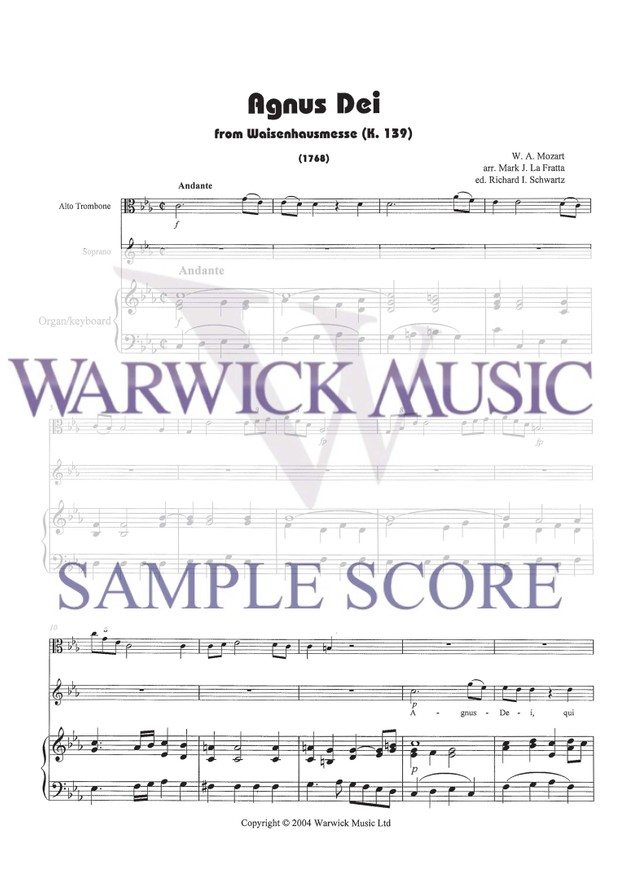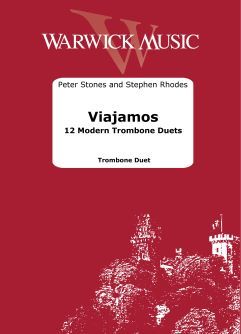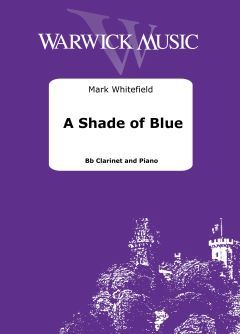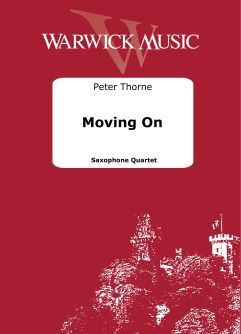£4.99


Mozart arr. Schwartz & La Fratta: Agnus Dei - Alto Trombone, Soprano & Keyboard
To download the sample score click on the link below
https://warwickmusic.egnyte.com/dl/LlKmuWH13k/TB716_sample_score.pdf_
The Waisenhausmesse (K. 139/47a) was written by the young Wolfgang Amadeus Mozart (1756-1791) in 1768 for the consecration of the Waisenhauskirche von St. Marx in Rennweg, Austria. Containing a chorus (SATB), four vocal soloists, strings, two oboes, two clarino, two tromba, three trombones (alto, tenor, and bass), timpani, and basso continuo, this Missa Solemnis in c minor was first performed on December 7, 1768. The interplay of motives, use of counterpoint, logical and concise harmonic progressions, constant use of figured bass, and elegant melodic development all represent the work of a remarkably musically mature twelve-year old Mozart.
Mozart employed prominent use of the trombone in the Waisenhausmesse, as was customary in the sacred music of eighteenth-century Austria. There are many such examples in the sacred music of Antonio Caldara (c.1670-1736), Johann Ernst Eberlin (1702-1762), Johann Joseph Fux (1660-1741), Johann Georg (von) Reutter (1708-1772), Marc’ Antonio Ziani (c.1653-1715), and Leopold Mozart (1719-1787). Prime examples in the music of Wolfgang Amadeus Mozart, in addition to the Agnus Dei from the Waisenhausmesse, are Die Schuldigkeit des ersten Gebots (K. 35) and the Requiem (K. 626). Many of Mozart’s Masses and other sacred music include significant trombone parts supporting the voices of the choir, but a few like this Agnus Dei actually include an alto trombone obbligato.
The Waisenhausmesse was composed with the traditional mass movements of Kyrie, Gloria, Credo, Sanctus, Benedictus, and Agnus Dei. Although all movements carefully follow the liturgical text, there is an extended Dona nobis pacem (in C Major) before the conclusion of the Agnus Dei in the original score of the Waisenhausmesse. In this publication, that section retains the Dona nobis pacem text, and is used as the final cadence in c minor.
The orchestration of the Agnus Dei involved the full complement of instruments listed in the first paragraph above. This publication provides a more accessible performing edition for soprano solo, alto trombone, and organ/keyboard. See Wolfgang Amadeus Mozart: Neue Ausgabe sämtlicher Werke (Kassel: Bärenreiter, 1955 -), Serie I, Werkgruppe 1, Abteilung 1, Band 1, 1968, pp. X-XII for an extensive critical commentary and pp. 37-158 for the definitive score of the entire work.
All purchases from our website are for a digital copy.
Warwick Music Publishing print sheet music is distributed globally and exclusively by Hal Leonard Europe. You can buy printed sheet music from a number of their approved retailers.
SKU: TB716
Composer: Wolfgang Amadeus Mozart
Arranger: Ed. Dr. Mark J. La Fratta; Realized by Dr. Richard I. Schwartz
Difficulty: Intermediate
Instrumentation: Alto Trombone; Soprano; Keyboard
Range: G3-C5



